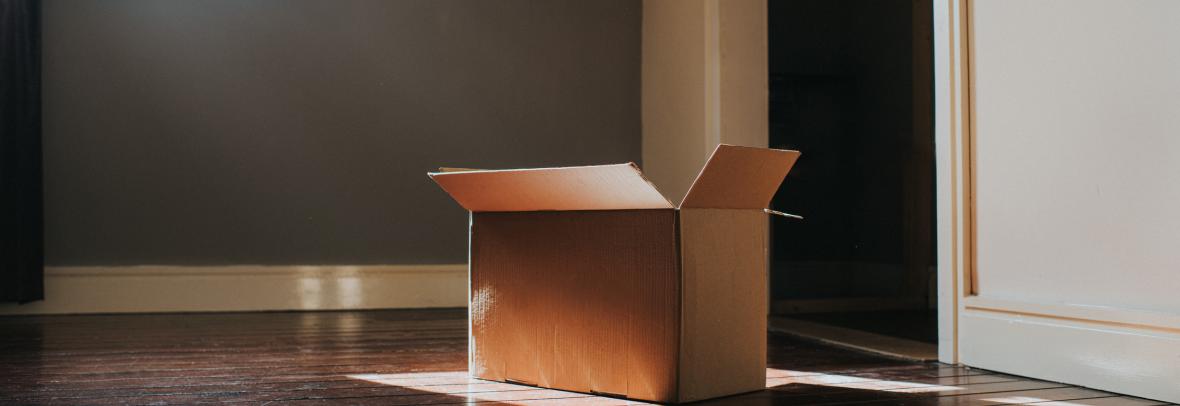
City-to-Suburb Moves Continue but at Slower Pace
The pandemic pushed many city dwellers to the suburbs, and cities are still losing residents – but urban and small-town population growth is now relatively flat.
NEW YORK – Large cities lost fewer residents over the past year as more immigrants moved in, fewer people died, and more babies were born. However, the suburbs around big cities, and small and medium-size metropolitan areas continued to claim most of the country’s growth, according to a Wall Street Journal analysis of population estimates for the year that ended June 30.
While a metro area’s suburbs continued to expand, however, rural areas and small towns collectively remained nearly flat.
According to the study, the core counties of large metro areas had an estimated net loss of more than 800,000 movers compared to the rest of the country, but that’s an improvement from a 1.2 million decline in the preceding year.
The pandemic spurred a burst of mobility – some temporary and some potentially permanent –accelerated pre-existing trends on where and how Americans live, and suburban areas emerged as the clearest winners, often gaining at the expense of the core city they encircle.
The changes taking hold have caused many city leaders to reevaluate. It’s prompted them to consider converting office buildings to housing and to rethink mass transit service that has lost many commuters between suburbs and downtowns.
Suburban areas are likely to be growth employment areas and the far outer-ring exurban areas will likely to see the most housing growth, says Chris Porter, chief demographer at John Burns Real Estate Consulting.
Source: Wall Street Journal (03/28/23) Overberg, Paul; McCormick, John; Rust, Max
© Copyright 2023 INFORMATION INC., Bethesda, MD (301) 215-4688
